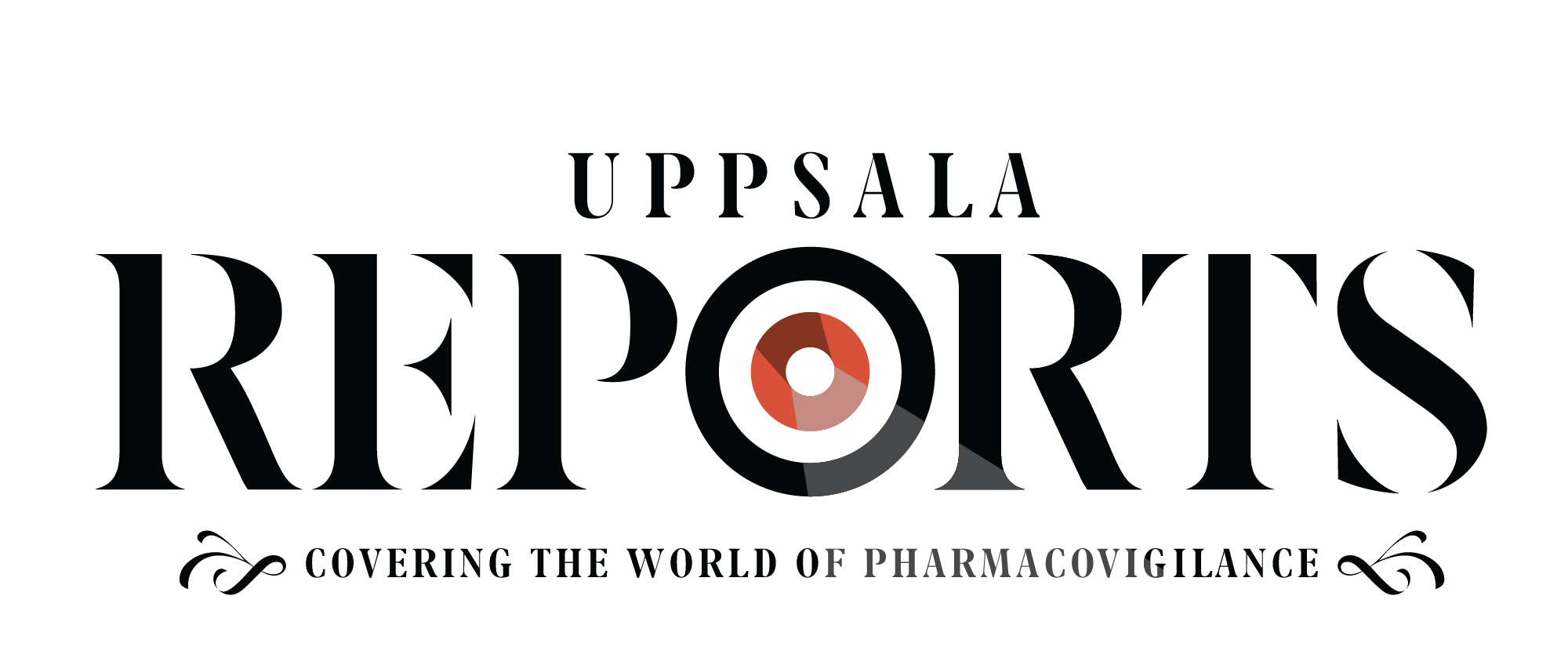
EcoPV is the science and activities related to the detection, assessment, understanding, and prevention of adverse effects of pharmaceuticals in the environment. While traditional pharmacovigilance focuses on the safety of medicines for patients, EcoPV extends this scope to include their potential ecological impacts. EcoPV is a critical component in the broader context of environmental welfare, ensuring that pharmaceuticals do not pose a risk to ecosystems or public health. In both Europe and North America, there are regulatory requirements governing the Environmental Risk Assessment of human pharmaceuticals.
Sources and impact of pharmaceutical pollution
Pharmaceuticals primarily enter the environment through three main routes:
Excretion and disposal: The largest global contributor to pharmaceutical pollution is patient use (in humans and animals). Drug usage in both humans and animals is continually rising. One study projects the global consumption of veterinary antimicrobials to be more than 100,000 tons by 2030. Excretion of such large amounts of both human and veterinary pharmaceuticals usually ends up in sewage systems, and eventually, in the environment. Improper disposal of unused or expired medicines also contributes to environmental contamination.
Industrial discharge: Pharmaceutical manufacturing plants can release active pharmaceutical ingredients (APIs) into nearby water bodies if waste management practices are inadequate.
Agricultural runoff: The use of pharmaceuticals in livestock can lead to residues entering water bodies through agricultural runoff.

The presence of pharmaceuticals in the environment has been linked to adverse effects on aquatic and terrestrial organisms, including hormonal disruptions, behavioural changes, and antibiotic resistance. These ecological impacts, in turn, can greatly impact human health. Therefore, it becomes crucial to manage pharmaceutical pollution by implementing effective EcoPV measures.
Strategies for reducing pharmaceutical pollution through EcoPV
To best address pharmaceutical pollution, a multi-faceted approach is required. The following strategies can be applied to support EcoPV efforts:
Strengthening regulations and policies:
- Governments and regulatory bodies should establish stringent regulations for the disposal of pharmaceuticals and industrial waste. This includes enforcing guidelines for manufacturing plants, hospitals, and households to prevent pharmaceuticals from entering the environment.
- Developing clear policies for pharmaceutical companies to conduct environmental risk assessments as part of the drug approval process can help identify potential environmental hazards early.
Surveillance programs and targeted EcoPV:
- Implementing robust monitoring systems to detect pharmaceutical residues in the environment is crucial. This includes regular testing of water bodies, soil, and wildlife to identify the presence and concentration of medicines or their metabolites.
- Collaborative efforts between governments, research institutions, and the pharmaceutical industry can enhance data collection and analysis, leading to a better understanding of the environmental impacts of pharmaceuticals.
- “Targeted EcoPV” which is the science and activities associated with the targeted detection, evaluation, understanding, and prevention of adverse effects of high-priority hazardous pharmaceuticals in the environment, should also be considered to minimise the environmental burden of drug use and disposal.
Public awareness and education:
- Raising awareness about the environmental impact of improper pharmaceutical disposal remains pivotal to the ultimate success of these efforts. Public education campaigns can inform individuals about the correct methods for disposing of unused or expired medications.
- Health professionals should be trained to advise patients on responsible medication disposal practices, further preventing pharmaceuticals from entering the environment.
Promotion of green pharmacy:
- Encouraging the development of “green” pharmaceuticals that are designed to degrade more easily in the environment can reduce the persistence of APIs. The pharmaceutical industry should invest in research and development of environmentally friendly drug formulations.
- Green pharmacy practices also involve optimising manufacturing processes to minimise waste and emissions, thereby reducing the overall environmental footprint of pharmaceutical production.
Adoption of advanced wastewater treatment technologies:
- Standard wastewater treatment processes may not effectively remove all pharmaceutical residues. Investing in advanced treatment technologies, such as ozonation, activated carbon, and membrane filtration, can enhance the removal of APIs from wastewater.
- Implementing these technologies in both municipal wastewater treatment plants and pharmaceutical manufacturing facilities is critical to reducing pharmaceutical pollution.
EcoPV is a critical component in the effort to reduce pharmaceutical pollution and safeguard environmental and public health. By implementing effective strategies, we can mitigate the ecological impact of pharmaceuticals. As we continue to advance our understanding of pharmaceutical pollution, it is essential to prioritise EcoPV as a key element of sustainable healthcare and environmental stewardship.
For those with a keen interest in ecopharmacovigilance, consider joining ISOP’s EcoPV Special Interest Group (SIG) via the QR code below:

Disclaimer: The opinions and views expressed in this presentation are those of the authors and do not necessarily reflect those of their employers nor any of the institutions they collaborate with.
Read more
“Pharmaceuticals in the Environment Statement”, AstraZeneca, 2024.







